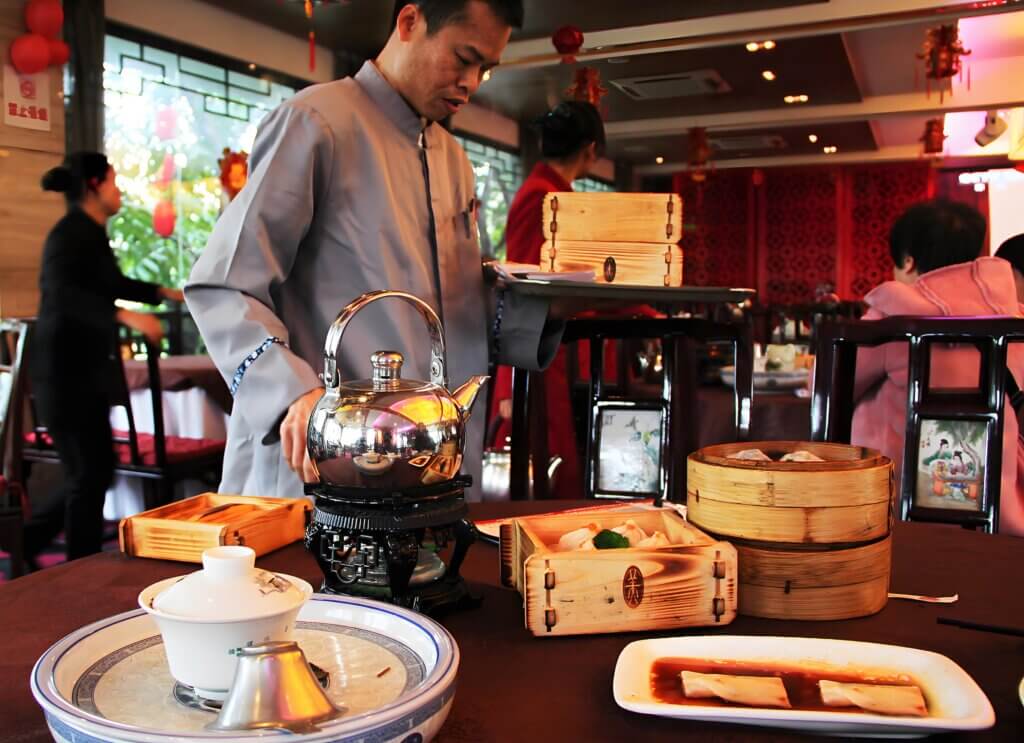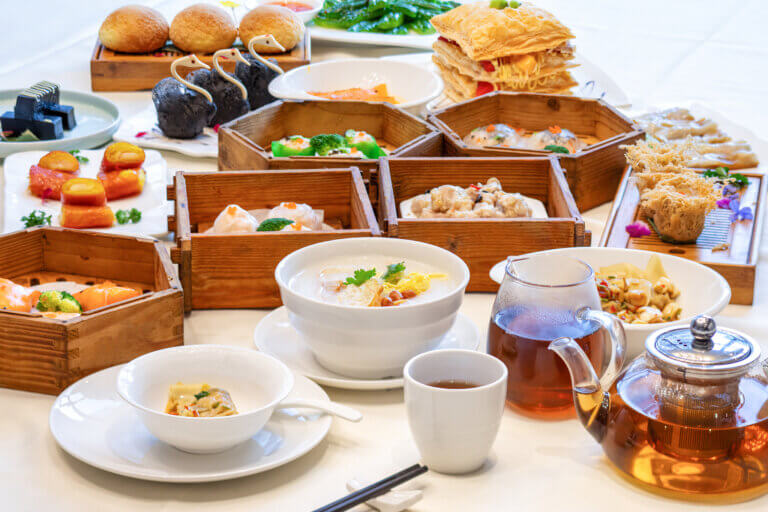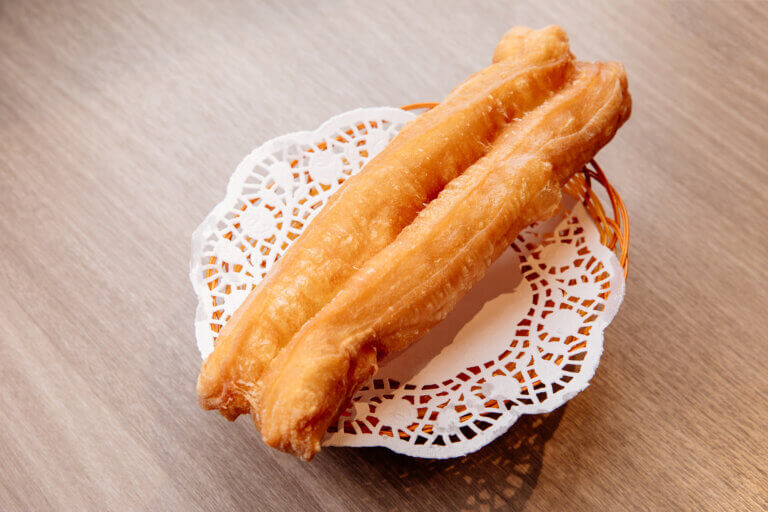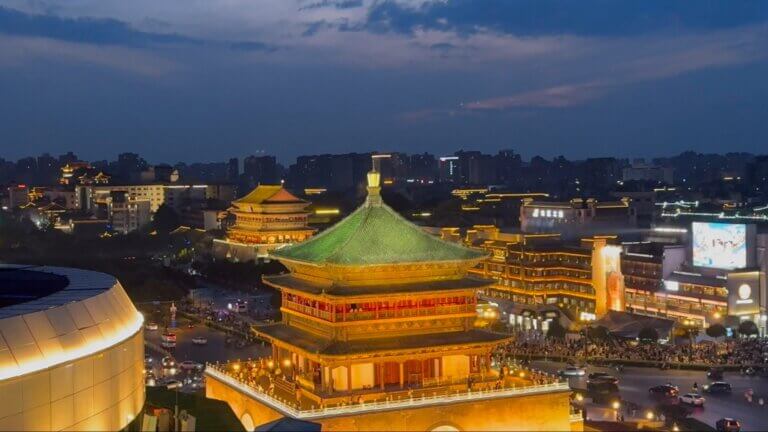
What is Chinese Morning Tea Culture?
Chinese morning tea, known as “Yum Cha” (饮茶) in Cantonese, is more than just a meal—it’s a cherished tradition that blends food, tea, and social interaction. Originating in the Qing dynasty, this practice has become a cornerstone of daily life in many parts of China, particularly in Guangdong Province. The term “Yum Cha” literally means “drink tea,” but it encompasses a wide array of small dishes called dim sum, served alongside tea. For locals, morning tea is a time to relax, connect with friends and family, and savor the flavors of carefully crafted dishes39.
The ritual typically begins early in the morning and can last until midday. It’s not uncommon to see groups of people gathered around tables, chatting leisurely while enjoying steaming pots of tea and plates of bite-sized delicacies. The phrase “one cup, two pieces” (一盅两件) captures the essence of this tradition: a cup of tea paired with two dim sum items. This simple yet profound practice reflects the Cantonese philosophy of balancing life’s hustle with moments of tranquility37.
Cities Where Morning Tea Culture Thrives
While Guangdong Province, particularly Guangzhou, is the heartland of Chinese morning tea, this tradition has spread to other regions, each adding its unique twist. Here are some notable cities where morning tea culture flourishes:
- Guangzhou: As the birthplace of Yum Cha, Guangzhou offers an authentic experience with its bustling teahouses and a vast array of dim sum. Iconic spots like Tao Tao Ju and Panxi Restaurant are must-visits for any traveler.
- Hong Kong: Known for its vibrant food scene, Hong Kong has elevated morning tea to an art form. From traditional teahouses to modern dim sum restaurants, the city offers a blend of old and new.
- Yangzhou: In Jiangsu Province, Yangzhou’s morning tea is a refined affair, featuring delicate dishes like crab soup dumplings and thousand-layer oil cake. The city’s tea culture is deeply intertwined with its history as a hub of the Grand Canal.
- Wuzhen: This ancient water town in Zhejiang Province is famous for its leisurely morning tea rituals, often enjoyed by the canalside with a view of traditional architecture.
- Lhasa: In Tibet, morning tea takes on a unique form with butter tea and sweet tea, accompanied by hearty dishes like Tibetan noodles and yak meat buns.
These cities showcase the diversity of Chinese morning tea culture, each offering a distinct flavor and atmosphere.
What to Drink and Eat During Morning Tea
The core of morning tea lies in its tea and dim sum. Here’s a closer look at what you can expect:
Tea Varieties
Tea is the centerpiece of the experience, with several popular options:
- Pu-erh: A fermented tea known for its rich, earthy flavor.
- Oolong: A semi-fermented tea with a floral aroma and smooth taste.
- Chrysanthemum: A light, refreshing flower tea often enjoyed for its calming properties.
Dim Sum Delicacies
Dim sum, meaning “touch the heart,” includes a wide range of small dishes, both savory and sweet. Some must-try items include:
- Shrimp Dumplings (Har Gow): Translucent wrappers filled with juicy shrimp, a staple of Cantonese dim sum.
- Char Siu Bao (BBQ Pork Buns): Fluffy buns filled with sweet and savory barbecued pork.
- Turnip Cake: A savory cake made from radish and rice flour, often pan-fried to perfection.
- Egg Tarts: Crispy pastry shells filled with creamy custard, a favorite among dessert lovers.
In Yangzhou, the focus shifts to delicate dishes like crab soup dumplings and thousand-layer oil cake, while in Lhasa, you’ll find hearty options like Tibetan noodles and yak meat buns.
Conclusion
Chinese morning tea culture is a celebration of food, tea, and community. Whether you’re sipping Pu-erh in Guangzhou, enjoying crab soup dumplings in Yangzhou, or savoring butter tea in Lhasa, this tradition offers a window into the soul of Chinese culinary heritage. For travelers seeking an authentic taste of China, morning tea is an experience not to be missed.
So, the next time you find yourself in China, set aside a morning to indulge in this timeless ritual. Your taste buds—and your soul—will thank you.






